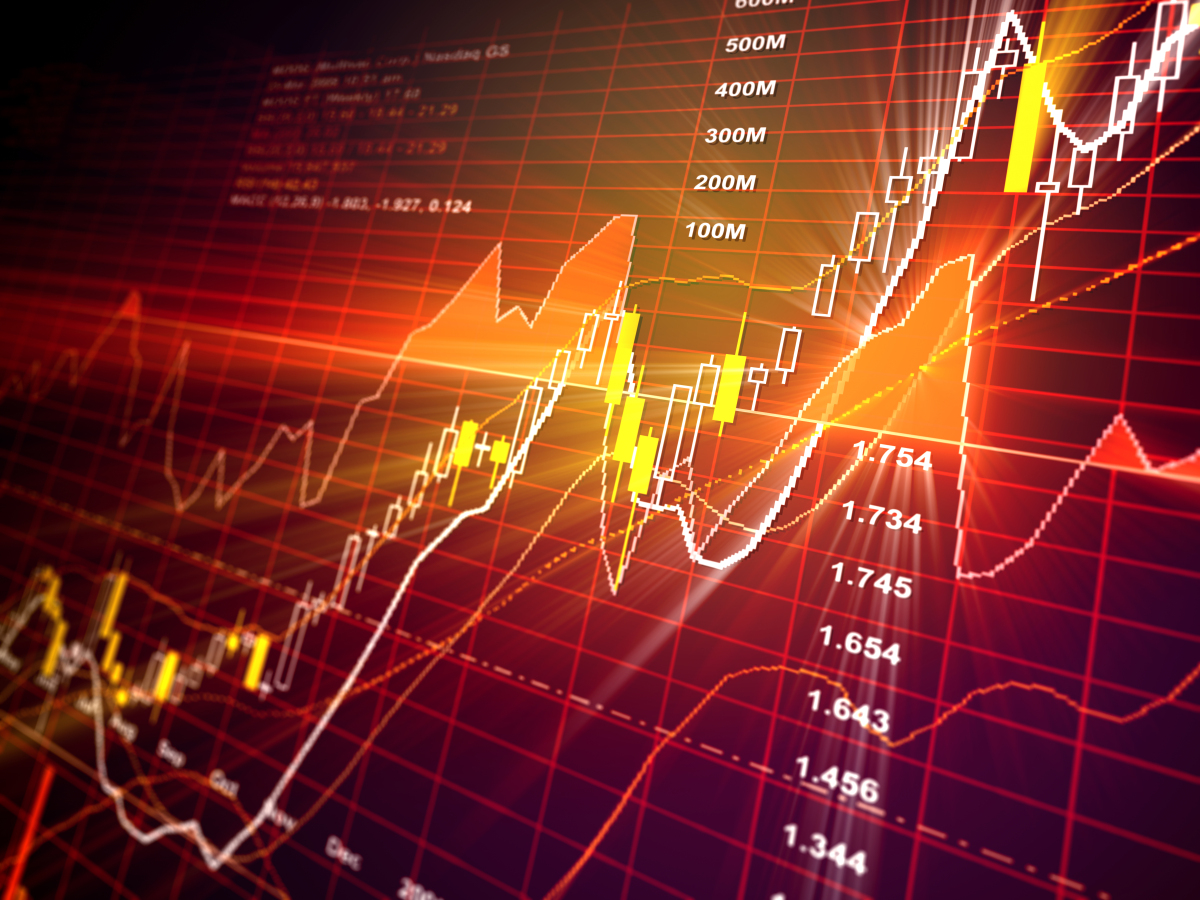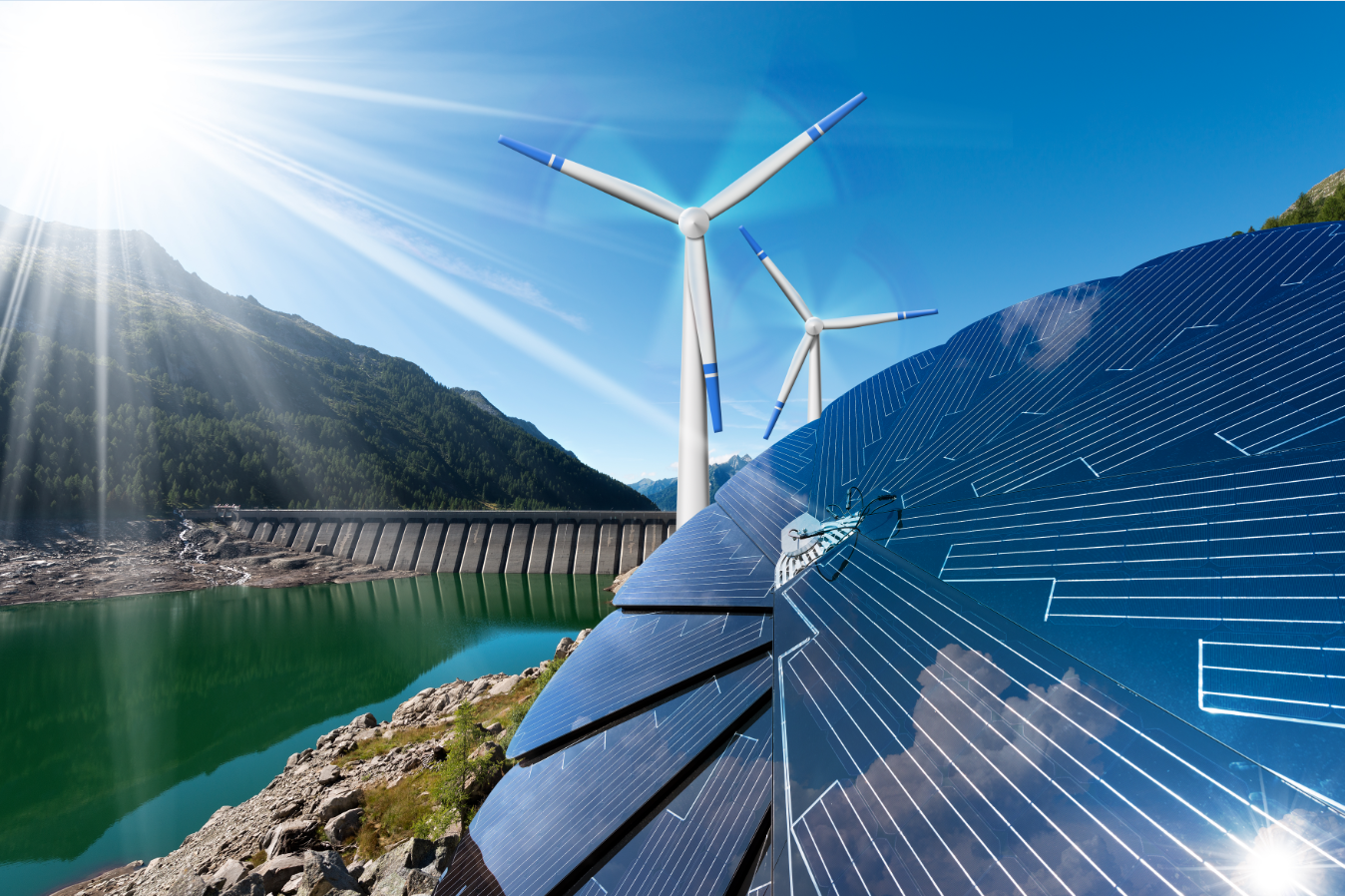A study by a team from the St Andrews School of Geosciences and Environmental Sciences published in the journal Geology (Friday, December 3) provides new insights into how hot volcanic fluids concentrate rare earth metals and how these metals seep out of the magma body.
These rare metals, containing elements such as niobium and tantalum, are essential for the production of alloys, batteries, magnets and superconductors and are vital to modern technology, from mobile phones and laptops to MRI machines. These metals are also essential for green technologies, and most importantly, the transition to a low-carbon economy must include the search for new sources of rare earths.
Rare earth deposits are associated with extinct alkaline volcanoes. These volcanoes are unusual and are only discovered in some regions of the world, for example in the south of Greenland.
A team of researchers from the University of St Andrews wanted to understand why some volcanoes form massive deposits of metals, while others are devoid of mineralization. By studying the metal-poor volcano in Greenland, the researchers were able to show that fluids flowing from the magma body into the surrounding rocks can carry significant amounts of rare earth metals. These fluids do not concentrate metals, but scatter them over a large area and significantly reduce the chances of an economically viable deposit forming. Lead researcher Krzysztof Sokul of the School of Earth and Environmental Sciences said: “By measuring the chemical composition of the rocks around the chamber, we showed that metals were transferred from the magma chamber into the surrounding rocks. This is the first time that the mass of material carried by this process has been estimated. We are also presenting a new way to visualize the distribution of metals in the surrounding rock.
“We show that during an episode of volcanic activity, melts located in shallow water levels of the earth’s crust can form a separate hot fluid enriched in critical metals, which subsequently seeps out of the magma chamber into the surrounding rocks, which carry a significant volume of metals globally.”
The research team estimates that the total tonnage of critical metals transferred to the surrounding rocks as a result of these processes is about 40 megatons, which is comparable to the mass of rare earth metals present in some of the largest metal deposits in the world.
Professor Adrian Finch and Dr. Will Hutchison, also of the St Andrews School of Earth and Environmental Sciences, added: “We show that fluids can ‘seep’ from magmatic systems that would otherwise crystallize to form large deposits of critical metal inside the chamber. Now that we understand this process more fully, we can more effectively predict how sediments formed under these types of volcanoes. Armed with this information, we can direct much more effective research for the next generation of green technologies.”
Source: https://nowyoureadme.com/2021/12/08/new-tools-to-unearth-rare-metals/

 English
English


